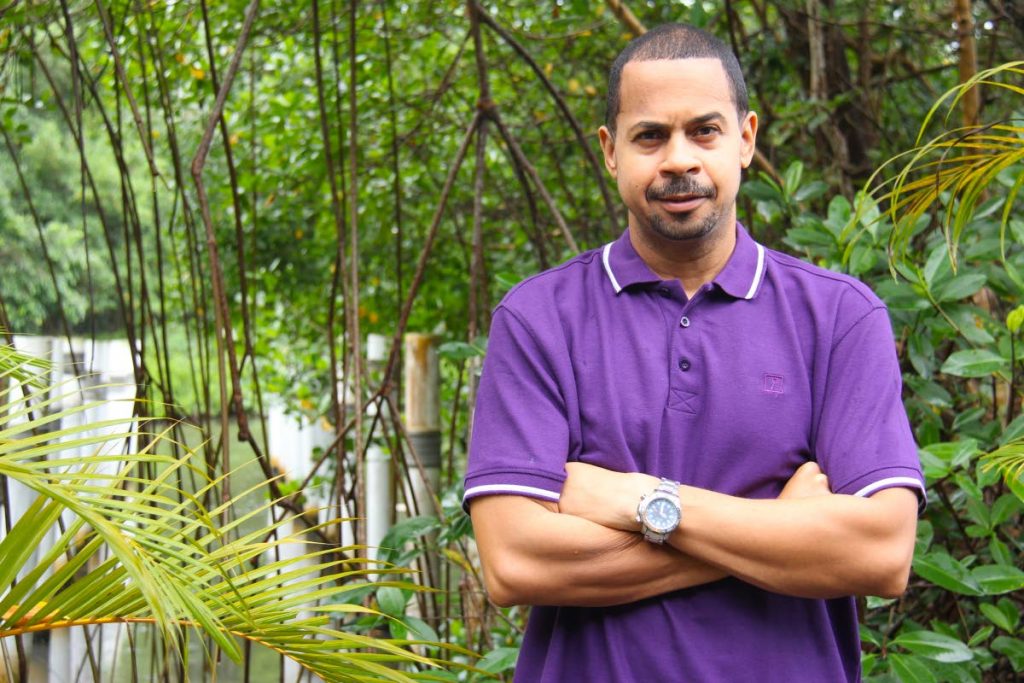Communications 2.0 for the terminally 'harden'

IF YOU were holding your breath for updates on restrictions at the covid19 briefing you probably blacked out. I reluctantly tuned in for a detailed breakdown of businesses to be affected by a renewed curtailment of liberties. What I got was a widely orbiting reference to “retail” and a fleeting mention of other entities impacted by restrictions.
Now if following that news conference you asked someone whether they're working tomorrow and the response is, "I don't know, I will have to find out tomorrow," then that briefing probably fell short of its objectives. In at least one instance, people on Facebook hunting for this “list” procured it from an unofficial source – that information, it turns out, was from 2020. The full “list” of targeted businesses was released the following day.
This administration's communications strategy, a critical strut support in our defensive posture, continues its deficient ways. Covid19 briefings haven't deviated in format for more than a year. While insightful data on the spread of the disease is reasonable in scope, too much time is lost to random musings, folksy philosophising, and paternal knuckle-rapping. I've heard many people say they don't have time to sit/sift through those didactic dirges – they'll just catch the synopsis. Not a good sign.
Ideally, the first 15-20 minutes (five minutes per speaker) of those briefings (long-ings?) should be an assessment of covid19 statistics and what the data portends. This should be followed by a rundown of updated measures and questions from the media. No news conference should exceed 45 minutes. An established, truncated timeframe will train journalists to be more thoughtful and precise in their questions and make speakers better prepared and focused in their presentations.
Always prioritise information most important for the public. Updates and instructions should be packaged and delivered concisely and in the plainest language manageable. Officialdom must understand that attention spans are limited. Listening to the authorities is a choice, not an obligation. There's no point bellyaching about the wilful or stubborn nature of Trinis. With communications, the burden rests mostly on the communicator to ensure the message gets through.
It's a problem this administration hasn't catered for in its long-running news conference series. Few people will bother with an interminable season 6, episode 5 packed with unrelated anecdotes and cul-de-sacs.
Furthermore, it's no surprise that by the evening a video was circulating of a closely huddled crowd in front of a gyro stand. Accounting for the recklessly indifferent and dangerously stupid in that gyrocalypse, it's possible many were just released from work, on the road, or otherwise caught up with life.
The authorities also lean too heavily on regular news briefings as a channel of communication. Some citizens won't watch or even follow up by catching the nightly news or reading the newspaper.
When I was in my twenties my friends rarely read newspapers or watched the news. They'd get their information by word of mouth or osmosis. If there was a significant event they'd either go with grapevine accounts or needle me as a young reporter for the "real story." As Kitchener once sang, Black Label bottle cyap crack, monkey break 'e back. (Or was it the Mighty Speculator?) So I was often their first and last contact with the news. Under those mentally dampening conditions, I can't be sure I was an altogether reliable witness.
Not everyone is tuned in – ears must be “found” and the message delivered to them. More people are getting their information through WhatsApp chat groups (notoriously unreliable) and Facebook (equally so).
In the US, chief medical adviser to the President, Dr Anthony Fauci, was recently interviewed through Zoom by someone who looked to be a lower-tier rapper of some design. The language was conspicuously informal. In fact, the “interviewer” referred to Fauci as “Faucheezie.”
Sure, it was a little cringy, but the clip went viral because of the intriguing personality contrasts between dreadlocked host and octogenarian scientist. Fauci or his handlers likely agreed to this rap session because they get the vital importance of reaching pockets of disinterest – audiences disengaged from traditional media. Also, beyond mere education, what we need is behaviour modification that undermines deep-rooted practices. You can't turn hotfoot party people into homebodies overnight.
Our covid19 communications strategy must be as ambitious, ubiquitous, and stubbornly persistent as the virus itself. The threat is ever-evolving, with new strains emerging to secure the continued success of the virus. Meanwhile, our messaging and communications remain relatively primitive, utterly outpaced by the pandemic.

Comments
"Communications 2.0 for the terminally 'harden'"